The city of Williamsburg, Virginia is a familiar name to many people. Did you know that this historic settlement began as Middle Plantation? Way back in 1632, English settlers discovered this area provided high ground between the York and James rivers. The settlers began at Jamestown, in 1607, but quickly spread across the peninsula. After this original settlement burned down, the government headquarters were moved to what would become Williamsburg. Colonial Williamsburg is designed to show visitors what life was like in those early days.
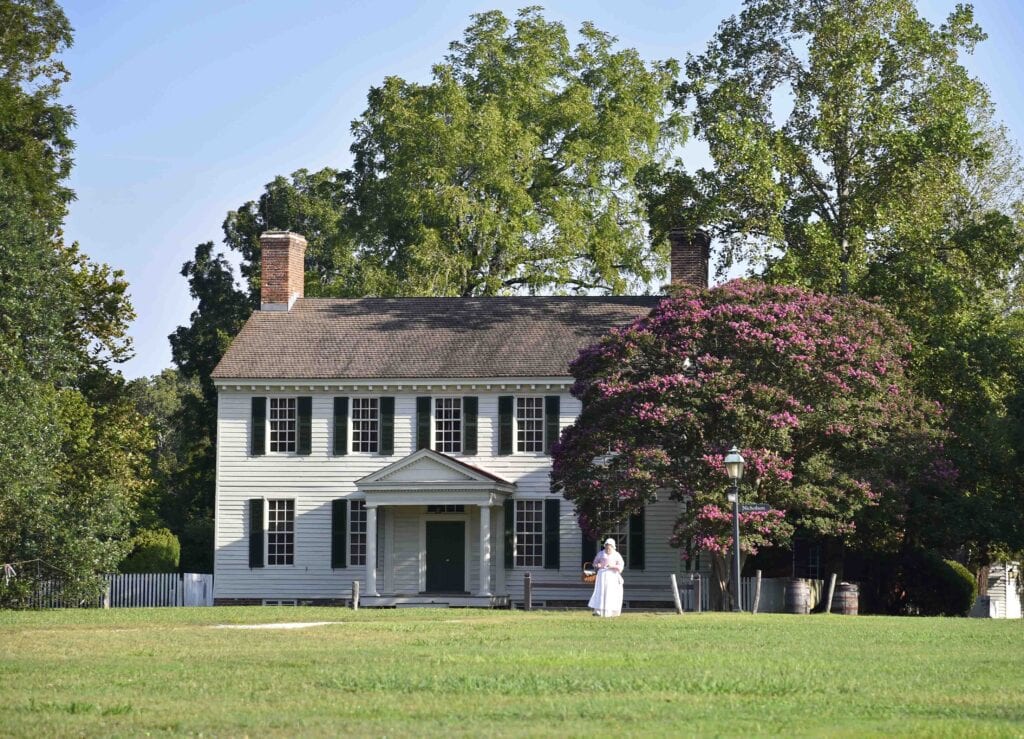
Life in Colonial Williamsburg
Middle Plantation’s location was not only safer than Jamestown, it was also more pleasant. Unlike most early settlements, Williamsburg was not sited along any major waterways. This made it less humid and didn’t suffer from the plague of mosquitos found along the shore. In 1693, the College of William & Mary was founded. It is the second-oldest university in America, behind Harvard. We began our day of exploring with a walk down Duke of Gloucester Street, which serves as the main road through town. We watched as the “townspeople” went about their daily duties.
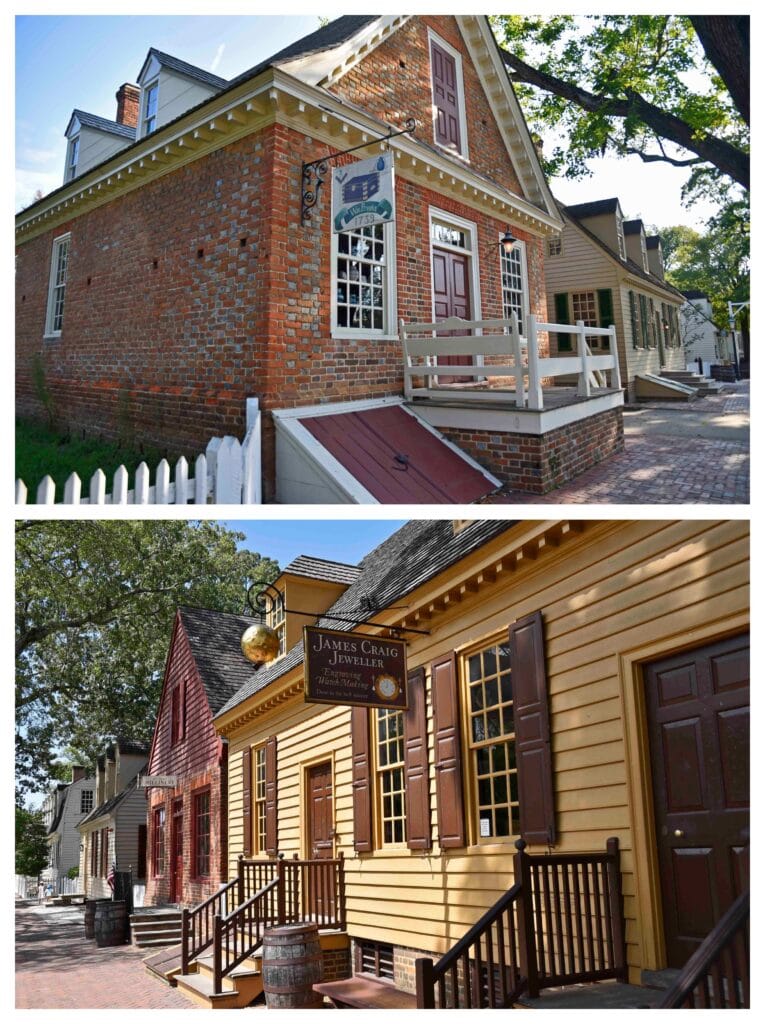
Historic Structures
Unlike many parks, Williamsburg is a living town. Many of the historic homes are occupied by locals. Visitors can wander the streets all hours, although the interpreters are only there during specific daytime hours. We were instructed to watch for the Grand Union flags, which tell visitors that a site is open for exploring. We enjoyed conversing with craftspeople who worked each day in their specific trades. Each was staying true to the style of work that would have been done in colonial days. It was all hands-on with labor-intensive processes.
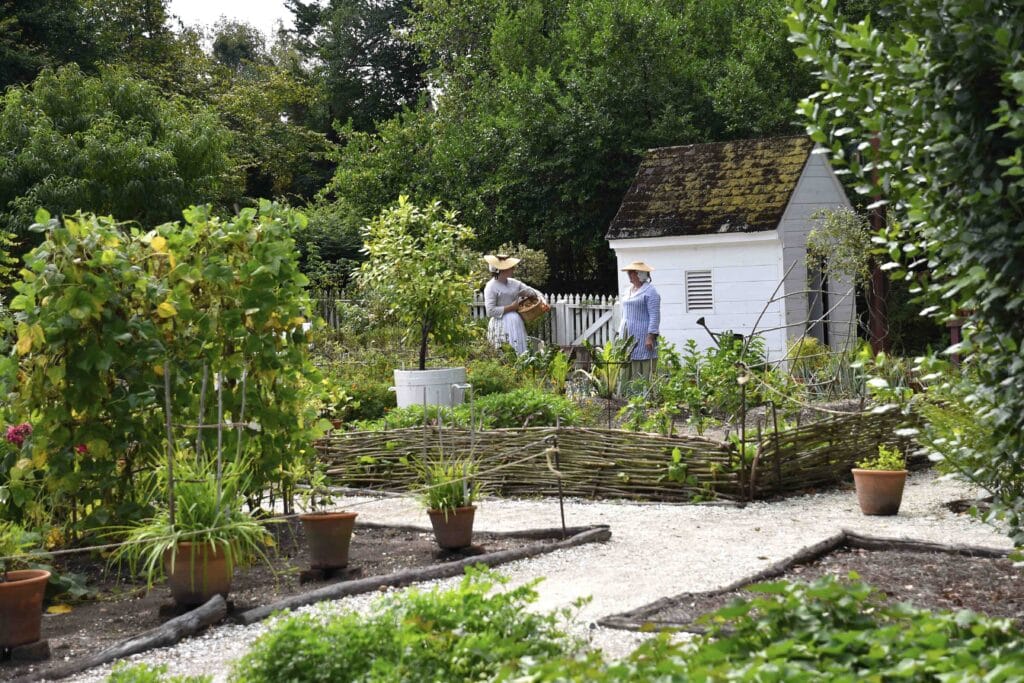
Strolling the Grounds
Colonial Williamsburg is the kind of place that beckons visitors to slow down their pace. Being from Kansas, we are more familiar with historic sites that originated after the Louisiana Purchase. Here we were walking the grounds that our forefathers once trod. We were getting the same feeling that we had experienced during our visit to Philadelphia. This is the land where our nation’s freedom was founded and fought for by those early patriots.
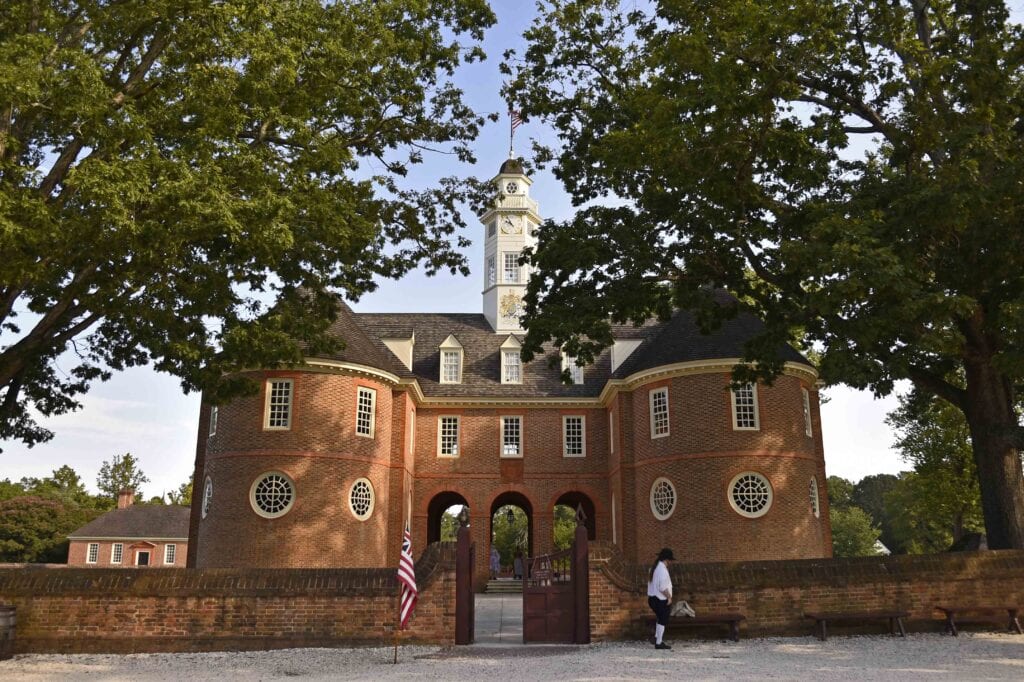
Visiting the Capitol
In the 18th century, the capitol at Williamsburg was the epicenter of British authority in the New World. This is where laws were debated, citizens appeared in court, and overarching decisions were made. A Halloween fire had destroyed the Jamestown statehouse. This was the fourth time fire had disrupted the legislature. Out of caution, the new capitol was built without fireplaces. They also prohibited the use of candles and tobacco in the new capitol. Even with these precautions, the building burned to the ground in 1747.
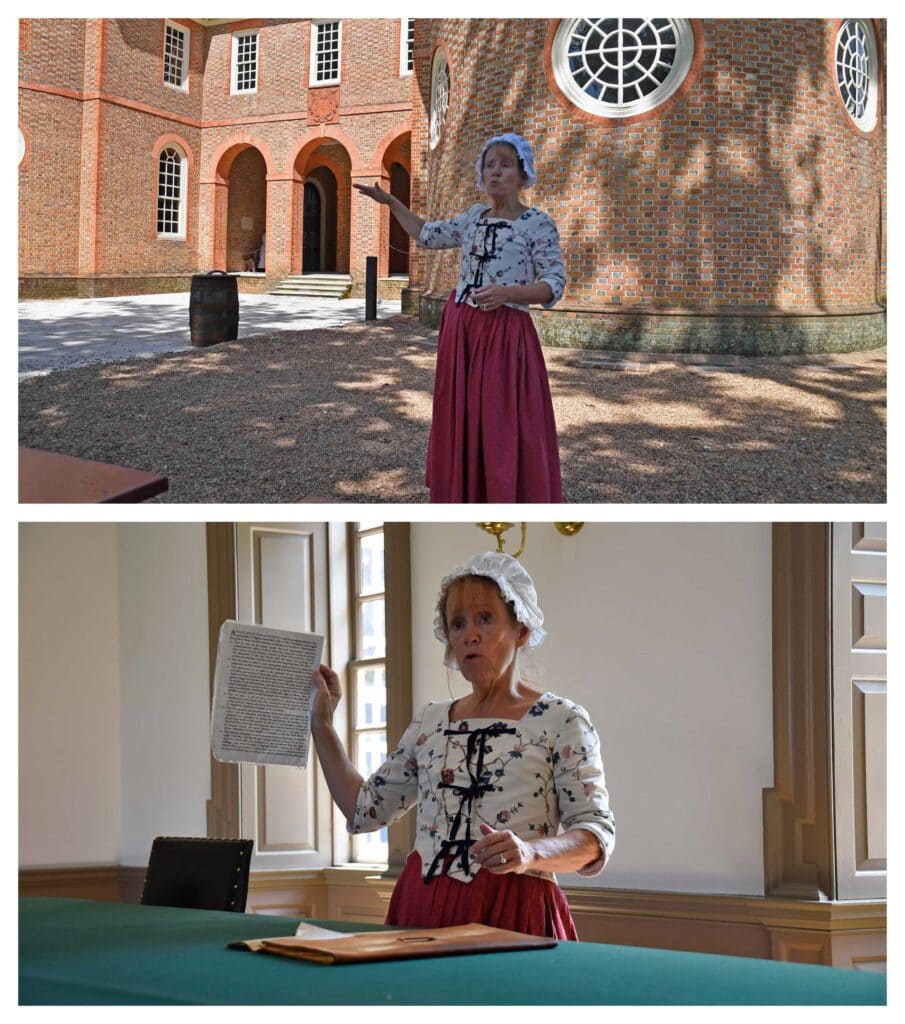
Guided Site
Our single-day admissions ($50 each) included access to guided sites, historic structures, and staged performances. We felt a tour of the capitol was vital, as it would include important background of the political atmosphere of the time. Our guide walked us through the building with stops at important areas. Much of the discussion revolved around the idea of self-government. The Great Charter of 1618 laid out the plan for the colonists to have greater control over their destiny. To serve in the House of Burgesses there were specific requirements. Only white male property owners, of at least 21 years of age, were eligible.
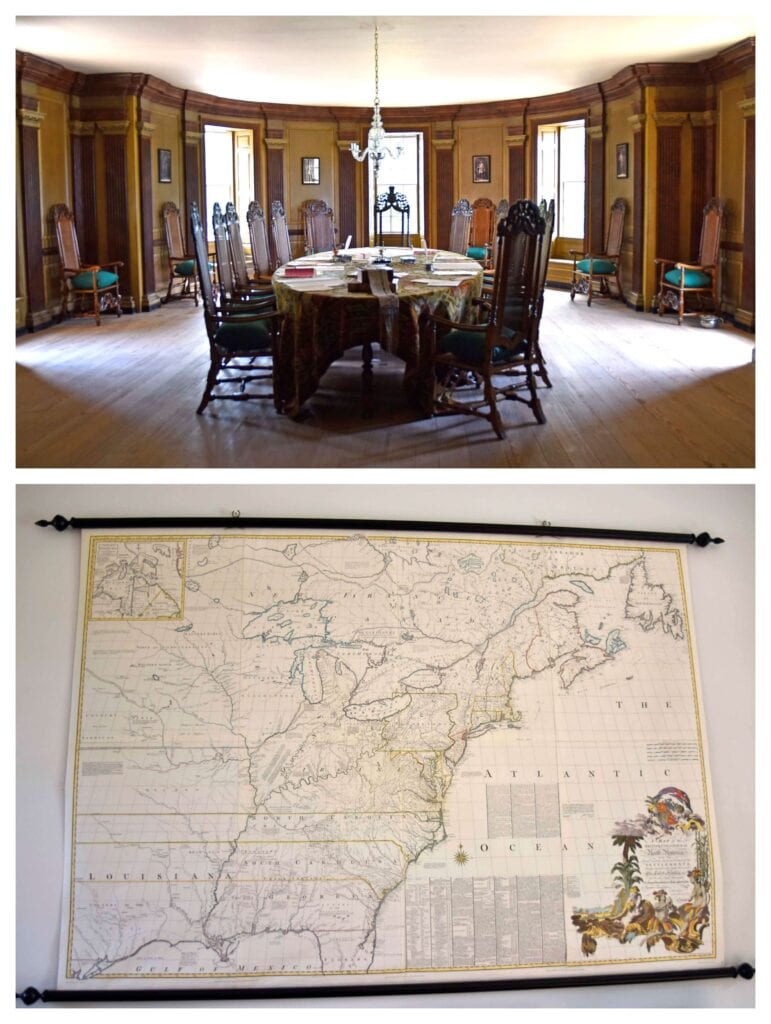
House of Burgesses
The beginning years were spent developing the laws that would guide the colonists. It also served as the highest court in the colony. The court even sentenced some of Blackbeard’s pirates to hang. The House of Burgesses would provide some familiar names with governmental experience. These include many of our nation’s founding fathers, including Patrick Henry, Thomas Jefferson, and George Washington. As the atmosphere in the colonies turned toward resistance to the crown, the governor decided to disband this form of government.
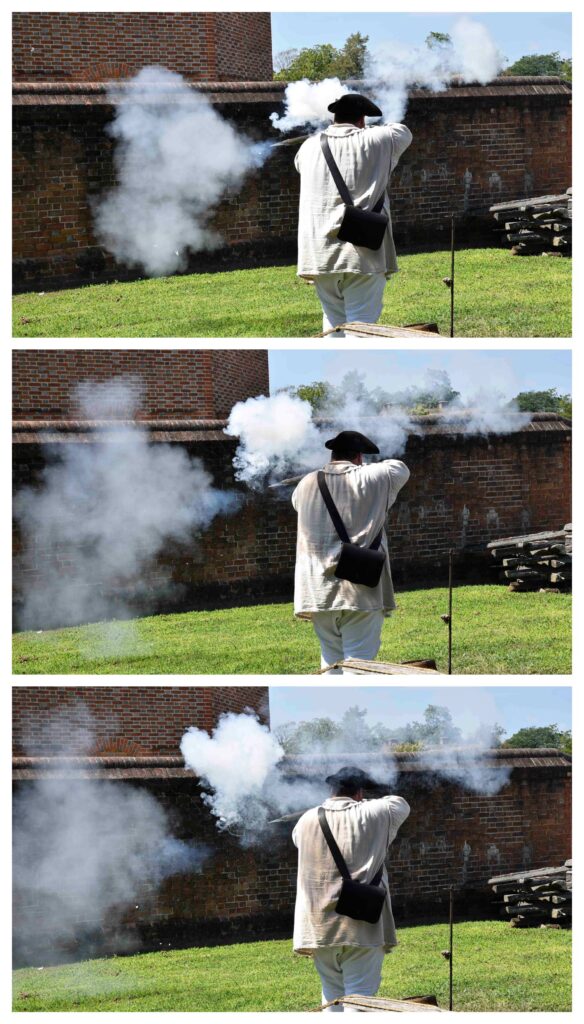
Taking Aim at History
Colonial Williamsburg is one of the largest living history sites we have visited. We found our day filled with lively conversations. Whether it was a gunsmith, cooper, shoemaker or tailor, they each were focused on perfecting their craft. The people seemed so happy to be able to share their passions with us. It was well worth the price of admission to have access to these opportunities. Many of the pieces they make are available at the stores and shops around the village. If you are looking for some simple souvenirs, be sure to stop by Market House, which is an open air style shop.
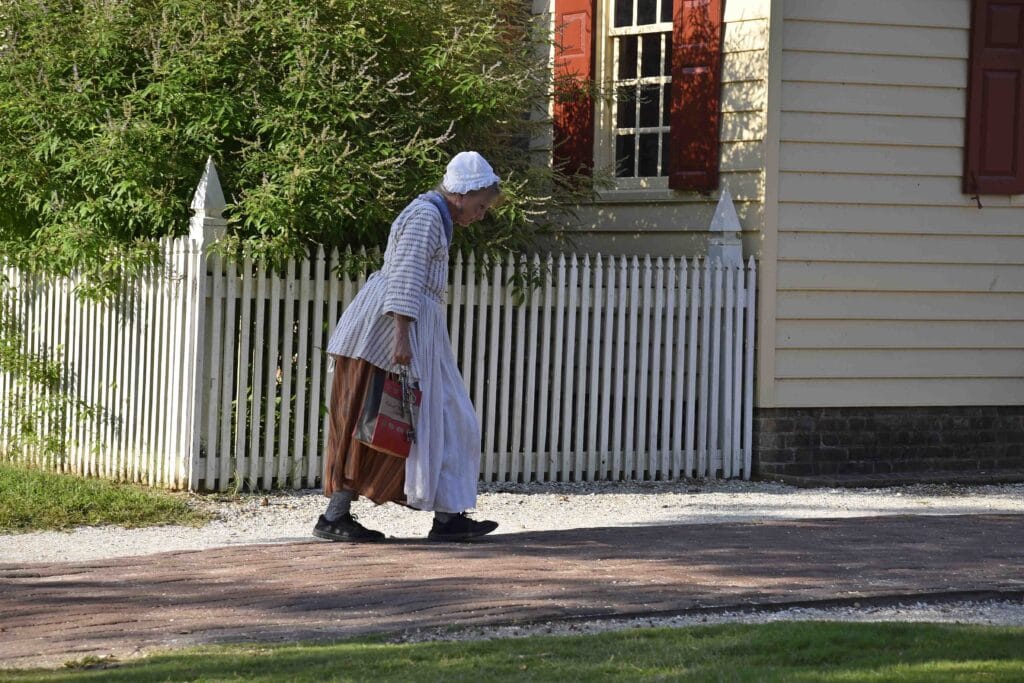
That's a Wrap at Colonial Williamsburg
It’s funny how an enjoyable day passes so quickly. Before we knew it, the evening hours were approaching. Colonial Williamsburg is open every day of the year, from 9 am to 5 pm. They also have a few evening programs, like an 18th-century ghost walk or a witch trial. Some may require special passes at an additional fee, so be sure to check before arriving. We found this living history site to be a great source for educating ourselves on colonial life and hope to be able to visit again in the future. As they would say in the olden days, this was definitely a red-letter day.


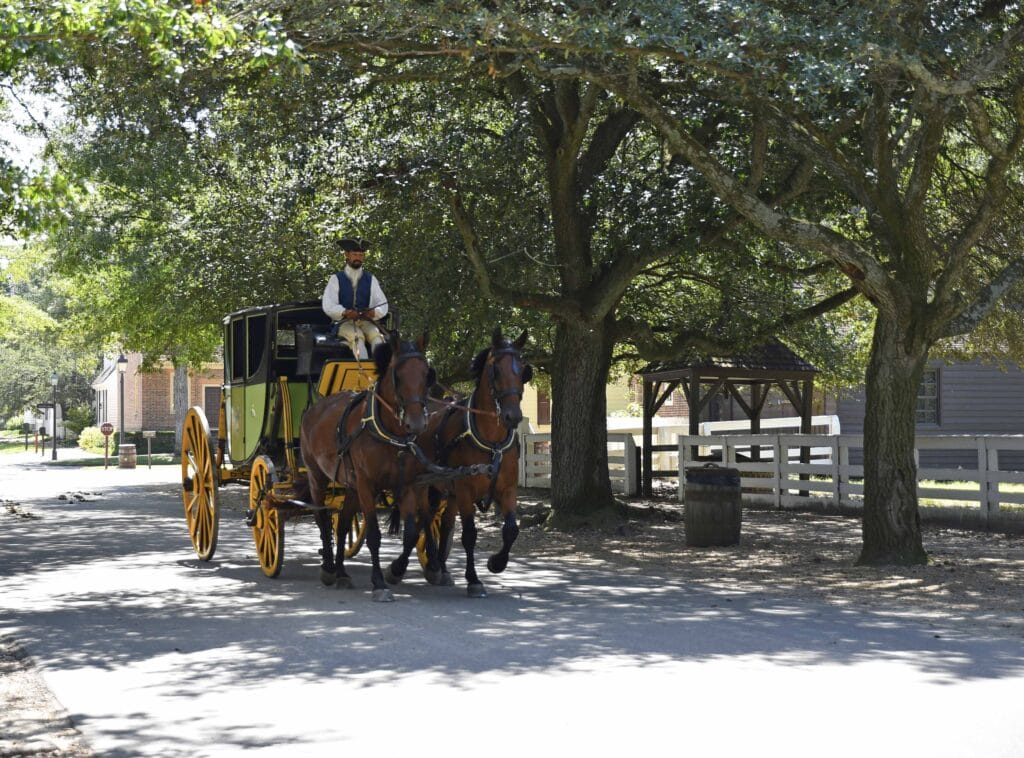
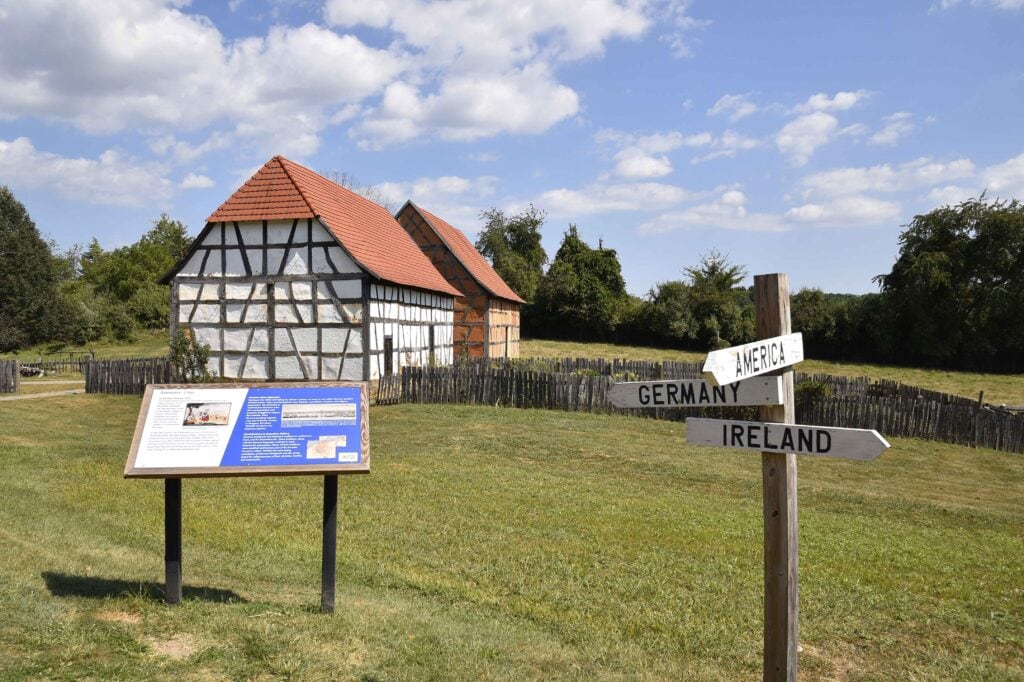
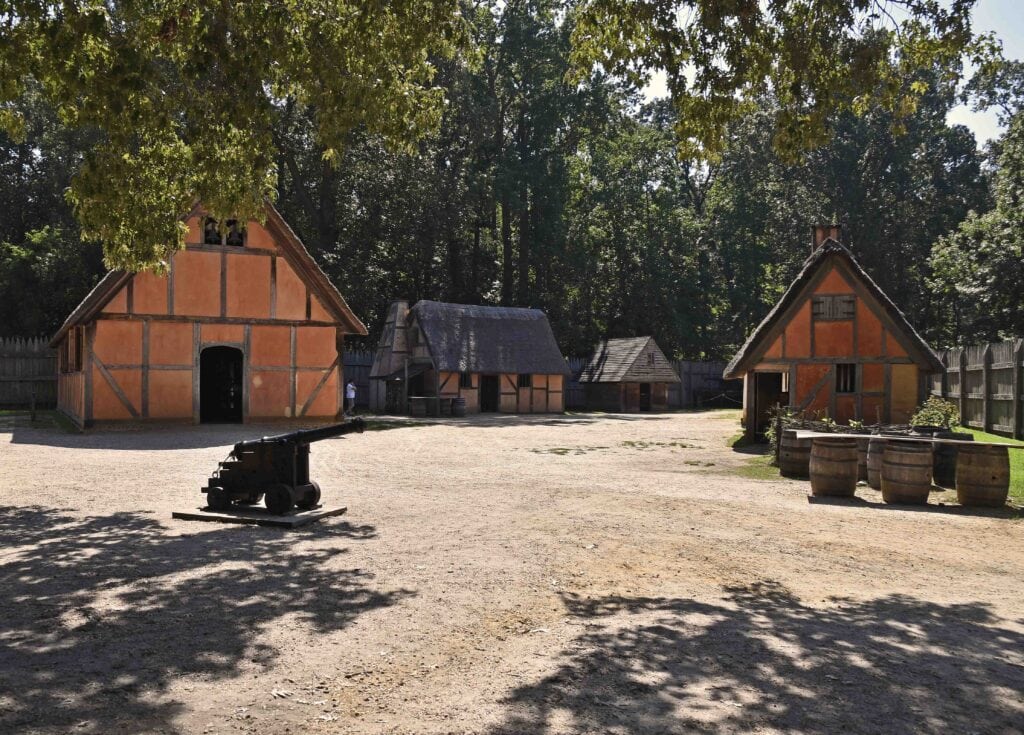
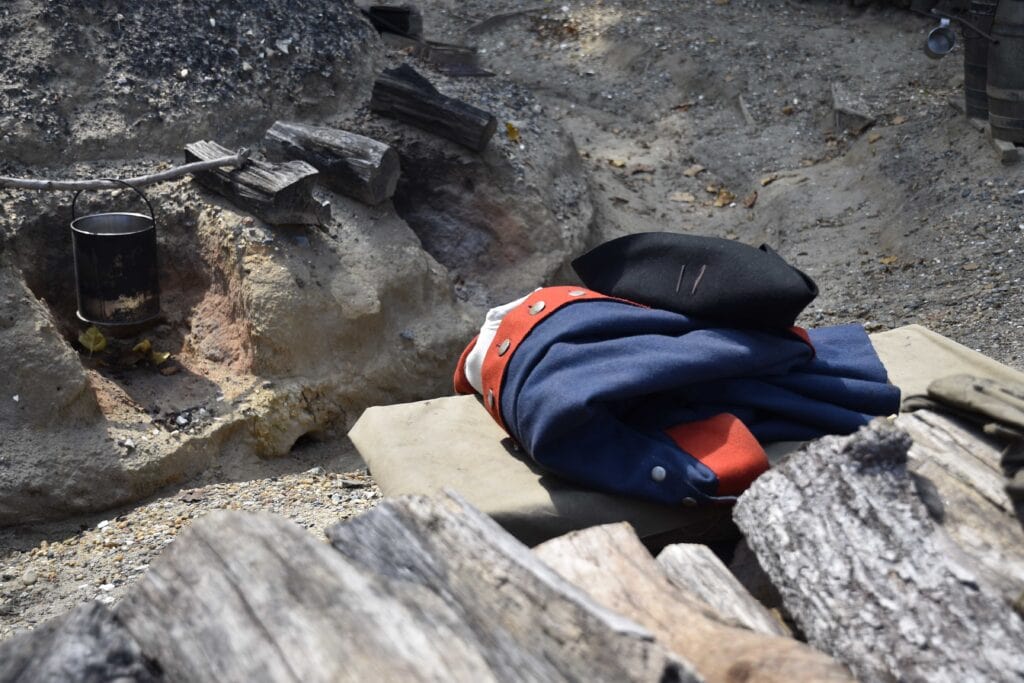
We were last in Colonial Williamsburg nearly forty years ago. Our daughter, when we weren’t looking, decided to stand up in her stroller. Fortunately, a young mother saw our daughter falling and rushed outside to help us. We were taken inside her home, which was otherwise not open to tourists, to clean the blood from our daughter’s face. Our daughter was not seriously hurt (fortunately), but it did provide an uncommon view of life in Colonial Williamsburg. This community is well worth visiting!
What an interesting way to end up in one of the historic homes. We were amazed to think we were in the same streets as the forefathers of our nation.